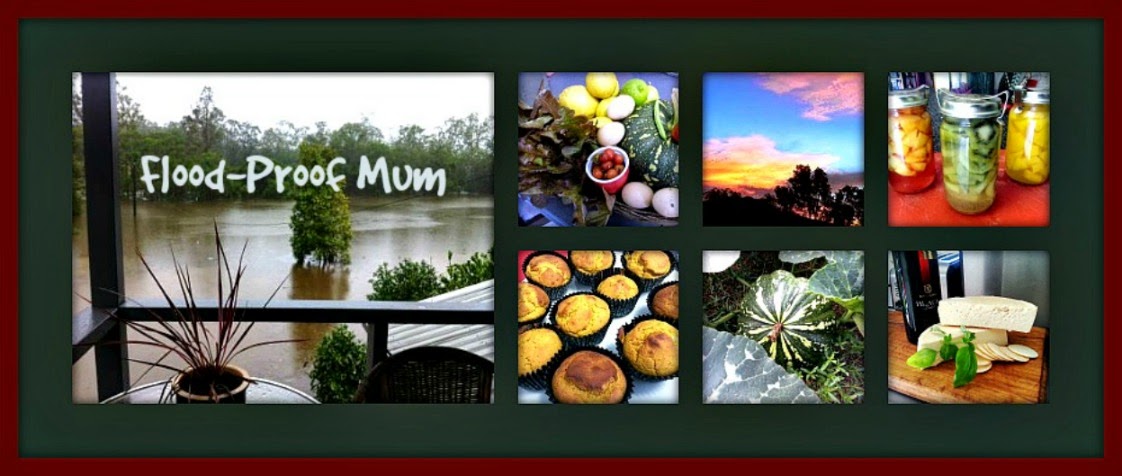Xeriscaping is landscaping and gardening that reduces or eliminates the need for watering and is particularly viable in regions that do not have easily accessible, plentiful, or reliable supplies of fresh water. It is gaining in popularity as an alternative to various types of traditional gardening.
 |
| Image Source |
There is no single way to design a successful xeriscape landscape. Basically you need to work with the natural features of your landscape and Xeriscape Landscaping suggest that you consider the following issues:
- Which areas of your garden have shade throughout the day?
- Which areas of your garden have shade during part of the day?
- How do your shade patterns change with the seasons?
- Which areas of your garden are open slopes that do not collect water?
- Which areas of your garden are flat and collect some rainwater?
- Which areas of your garden have natural water collection (low areas or areas with natural borders that facilitate water collection)?
The more you can make use of the natural, existing qualities of your terrain, the less reworking you will need to do. Doing radical changes to your terrain will obviously result in high labor and materials costs.
 |
| Image Source |
Xeriscape plants will come in a range of water requirements and should be matched to suit your landscape...a good gardening store should be able to give you advice. Or you can look around your neighbourhood. I have always been inspired by this garden (below) just down the road from me, which always has colour and is never watered, even in drought.
Here are some additional tips for your xeriscape from The Jurassic Garden, who also have photographs of plants to include in your xeriscape garden, such as cycads, aloe and succulents:
- Use Mulch: Adding a thick layer of mulch conserves water, keeps down weeds, and protects your plants from extremes of summer heat and winter cold. Apply at least 3 inches for your drought-tolerant plants’ best benefit.
- Water deeply but infrequently: This encourages plants to push deeper roots, and be self-sustaining for longer.
- Create Different Watering Zones: Drought resistant plant species need less water, and should get shorter watering times, if you have an automatic irrigation system.
- Get by with as little lawn as possible: Turf grass is popular, but is a big water hog. Explore more drought resistant lawn types.
- Recycle rainwater if you can: Not only does this save on you water bill, rain water is much less alkaline, so your plants will like it much more.
So, it's common sense really, but I have been known to plant inappropriate plants in my garden. I now think about it before planting, and although I had never heard of xeriscaping before, experience has taught me what works well here and what doesn't - I also have to take into account plants that will be okay underwater for a few days :)
Do you xeriscape, even though you'd (maybe) not heard of it before?



